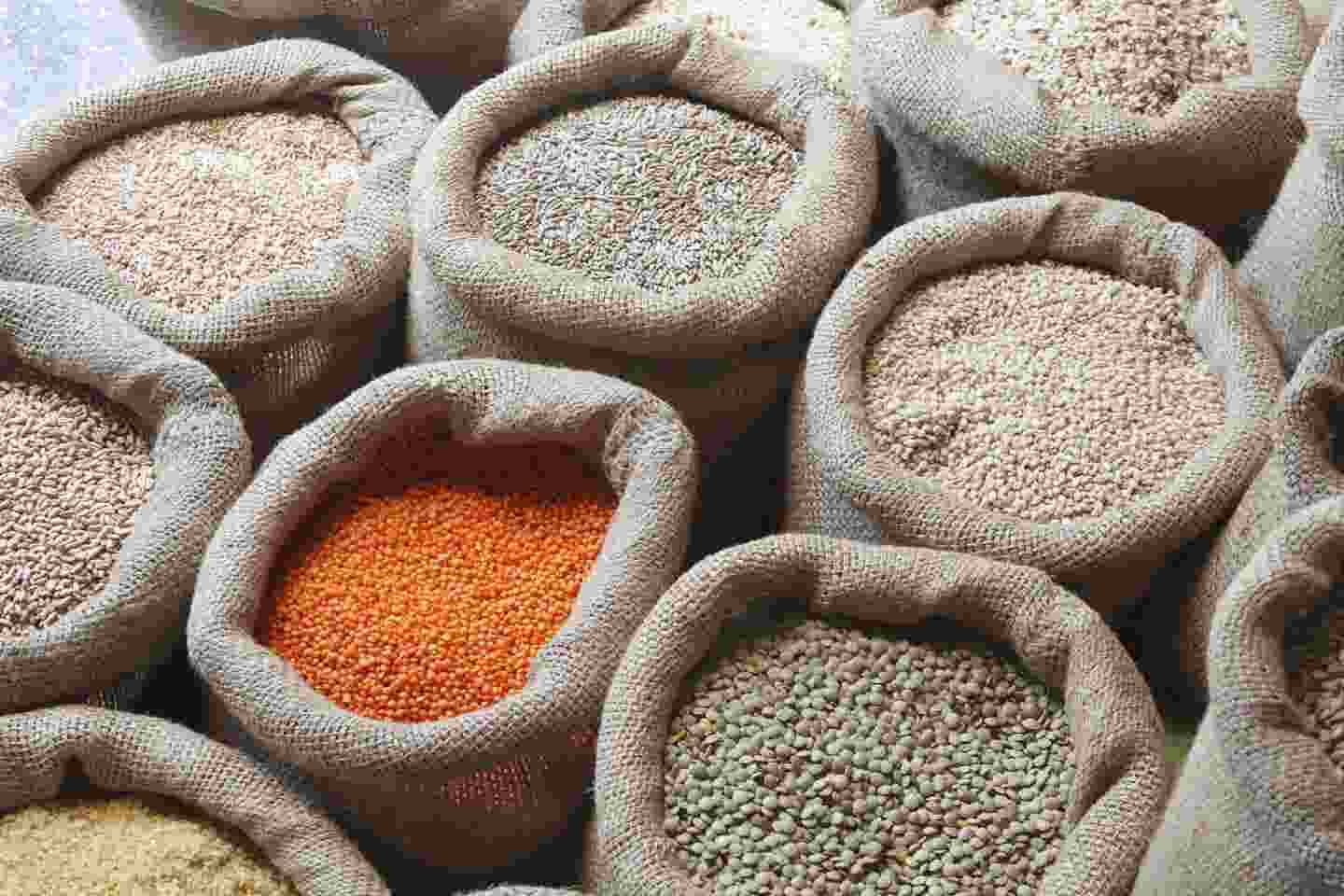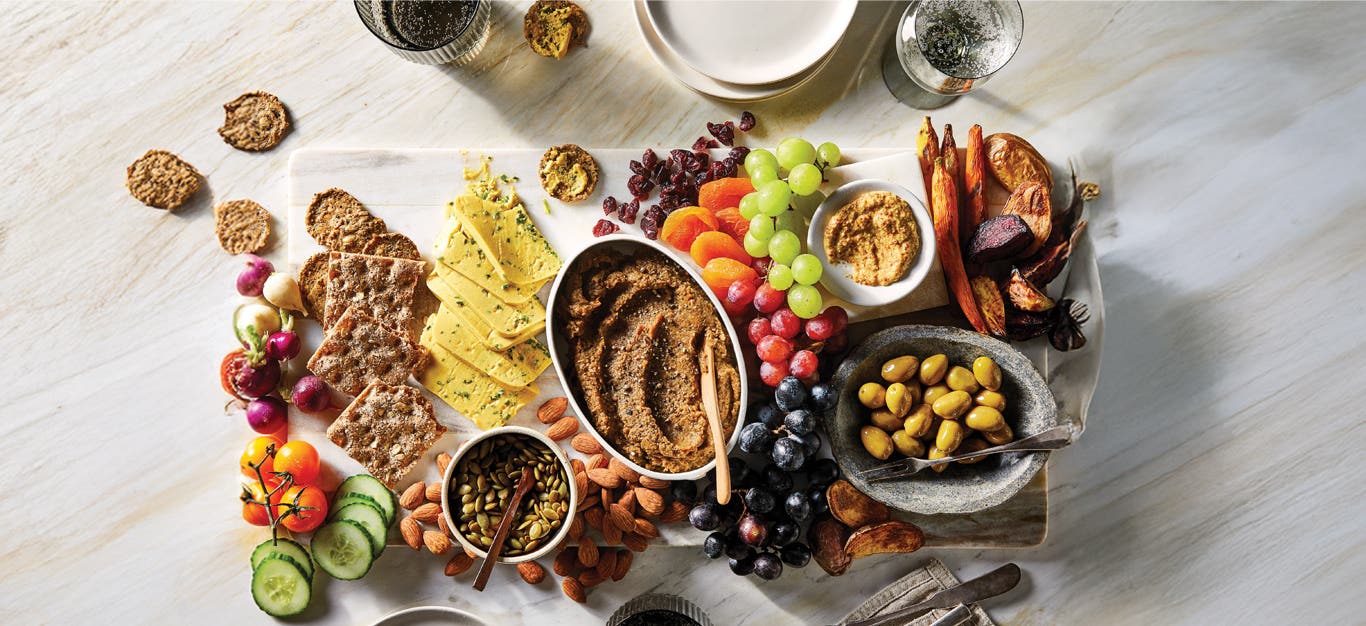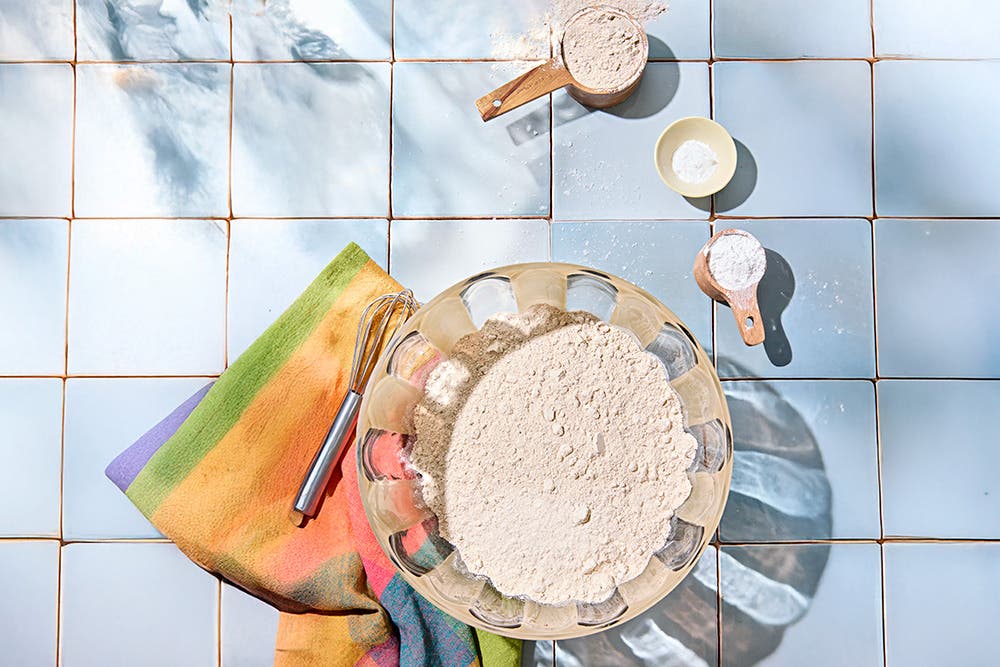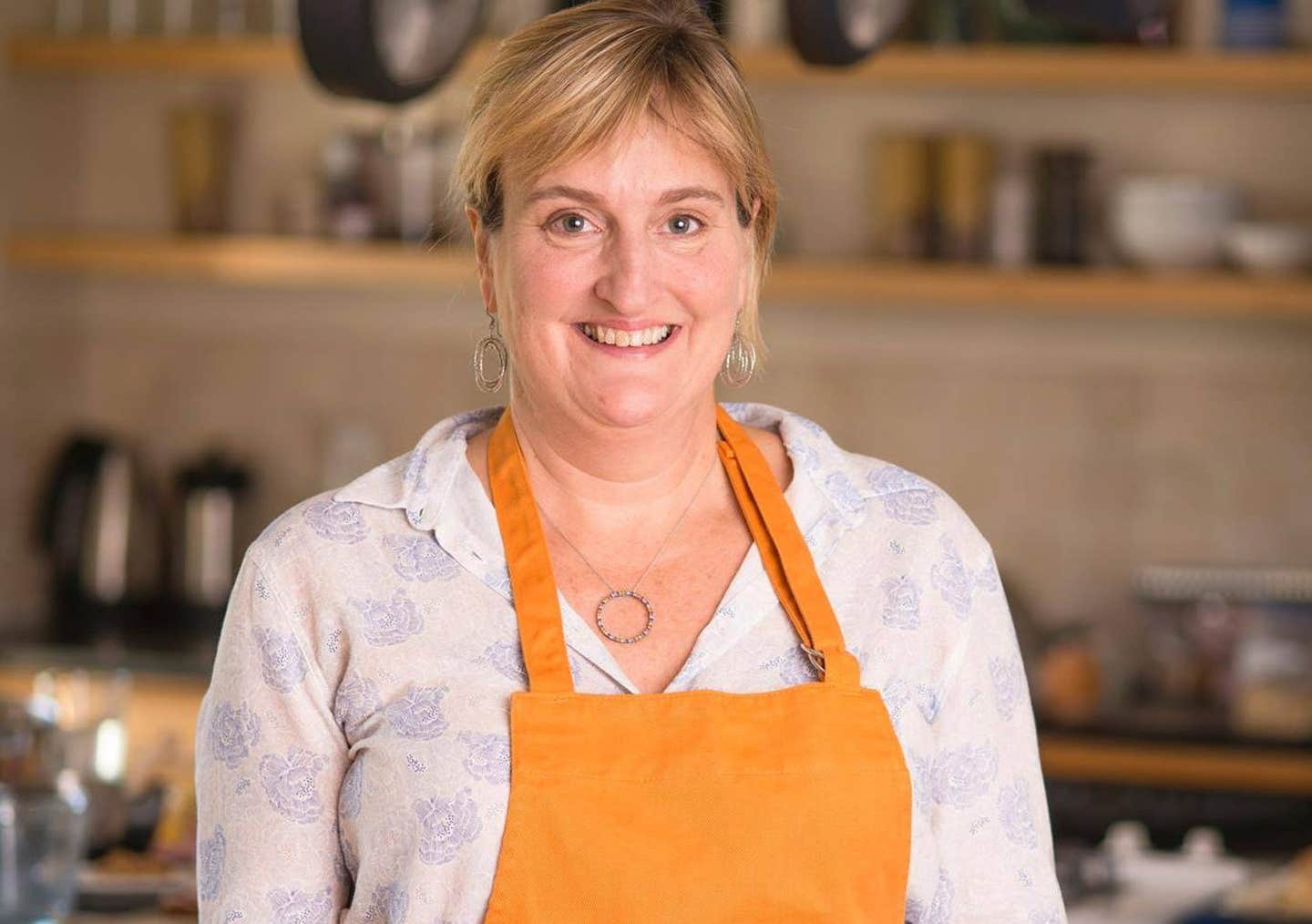Stir-frying is a cooking technique that hails from China and is popular in many Asian cuisines. It calls for quickly cooking small pieces of food in a wok (or wide pan) over high heat. Simple, right? But never boring. The stir-fry method intensifies the taste of foods, enhances their texture, and offers endless possibilities when it comes to flavor combinations. Total cooking time for most stir-fries clocks in under 15 minutes, which means you can get a colorful, flavorful meal on the table in under half an hour.
Here’s everything you need to know to master stir-frying in your own kitchen, including how to cook a stir-fry without oil and how to whip up an all-purpose sauce that can transform any veggie combo (including leftovers) into a tasty stir-fry.
Stir-Frying Without Oil
The healthiest oil to use for a stir-fry? None! Traditional stir-fries are cooked in a small amount of oil, but you can easily use water or broth instead. Water can also be used to safely preheat a nonstick wok or pan—see below for instructions.
Secrets to Stir-Fry Success
These easy guidelines ensure your stir-fries turn out perfect every time.
Cut ingredients into uniform pieces.
Evenly sized equals evenly cooked when it comes to stir-frying. For best results, chop or slice ingredients into 1-inch pieces before you start to cook. The 1-inch size provides enough surface area to sear the foods but still allows them to cook through relatively quickly.
Use a wok or a wide pan.
“Stir-frying” is something of a misnomer. Rather than stirred, stir-fried foods should be tossed and turned, shaken and flipped—and that requires space. Woks, with their wide mouths, are tailor-made for tossing and turning, but a large (12-inch) skillet can also do the job.
Don’t overcrowd the pan.
Regardless of the type or size of the pan, be sure not to overcrowd it. You want all the ingredients to have plenty of room to move around and come into contact with the hot surface.
Preheat the pan with water.
High heat is key to stir-frying because it sears foods, caramelizes their natural sugars, and seals in moisture. Because nonstick cookware should not be heated when empty, we recommend preheating the wok or skillet with a little water. Simply add 2 tablespoons of water or broth to the cold pan, then heat over high heat until almost all of the liquid has evaporated. (This will take about 2 minutes.) Once the pan is good and hot, you can proceed as directed in your chosen recipe.
Heat the cooking liquid, too.
Oil-free stir-frying calls for small amounts of water or broth to keep foods from sticking, but each addition of liquid can cool down cooking temperatures. Using hot water or broth (heated in the microwave or in a small saucepan on the stove) helps maintain high heat in the pan so foods will sizzle, not simmer.
Step-by-Step Instructions for Stir-Frying
The difference between a so-so stir-fry and a spectacular one is not which ingredients you use—anything goes in a stir-fry—but when they are added. Here’s a step-by-step timeline for when to add what.
1. Aromatics
Ginger, garlic, onions, shallots, bell peppers, and hot chiles (if using) are the first ingredients that should go into a stir-fry. Stir-frying time: These get cooked 2 to 3 minutes with a little water or broth to soften them and mellow their pungency.
2. Longer-Cooking Vegetables
Carrots, cauliflower, winter squash, turnips, red or white cabbage and mushrooms all have longer cooking times and should be added to a stir-fry right after the aromatics. One easy way to think of them is as “anything that’s not green”—though there are a few exceptions to that rule, like corn and summer squash. Stir-frying time: 6 to 10 minutes total. (If you’re planning to add quick-cooking vegetables next, add them after them after your longer-cooking veggies have been in the pan for 4 to 5 minutes.)
3. Quick-Cooking Vegetables
Broccoli, bok choy, Napa cabbage, zucchini, and all types of peas (garden, snow, sugar snap) get added next, then stir-fried until crisp-tender. Stir-frying time: 3 to 4 minutes.
4. Sauce
Stir-fries get their glistening, moist goodness from a savory sauce that’s swirled in at the end of the recipe cooking time. Stir-frying time: 1 to 2 minutes.
5. Noodles or Grains
When a recipe calls for adding a precooked starch directly to the stir-fry, it should go in last and stir-fried until just heated through.
6. Garnishes
Chopped scallions (aka green onions), fresh herbs, chopped peanuts, sesame seeds, and other garnishes go in at the last minute so they retain their fragrance, color, and crunch.
Stir-Frying Tofu
Tender, creamy tofu requires its own stir-fry session to remain intact and crisp up before it’s added to the other ingredients. Stir-fry extra-firm tofu cubes with a little broth or water over high heat 3 to 5 minutes or until browned on most sides; then set aside. You can also bake the tofu cubes in the oven or crisp them in an air fryer.
Add the precooked tofu cubes to the stir-fry just after the sauce; then cook until heated through.
All-Purpose Stir-Fry Sauce
This basic recipe makes enough for 4 cups of ingredients and can be used with any vegetable stir-fry combination. Feel free to doctor it up with ½ teaspoon five-spice powder or red pepper flakes or a dash of hot sauce for even more flavor.
Ingredients
1 tablespoon low-sodium soy sauce
2 teaspoons arrowroot powder
1 teaspoon rice vinegar or distilled vinegar
1 teaspoon pure maple syrup
Instructions
Stir together all ingredients and ¾ cup water or vegetable broth. Use immediately.
Easy Stir-fry Recipes to Try
This collection showcases just a few of the ways you can whip up stir-fry meals. Give them a try—then feel free to come up with your own combinations.
- Crispy Tofu Veggie Stir-Fry (Air-Fryer Recipe)
- Spicy Stir-Fry Tacos
- Stir-Fry with Peanut Sauce
- Five-Spice Stir-Fry
- Szechwan Stir-Fry
- Stir-Fried Noodles with Veggies
- No-Fry Fried Rice
- Vegan Pad Thai with Tofu
For more guidance in healthy cooking, check out Forks Meal Planner, FOK’s easy weekly meal-planning tool to keep you on a plant-based path. To learn more about a whole-food, plant-based diet, visit our Plant-Based Primer.
Related News
Get Our Best Price On The Forks Meal Planner

Forks Meal Planner takes the guess work out of making nutritious meals the whole family will enjoy.
Master Plant-Based Cooking!
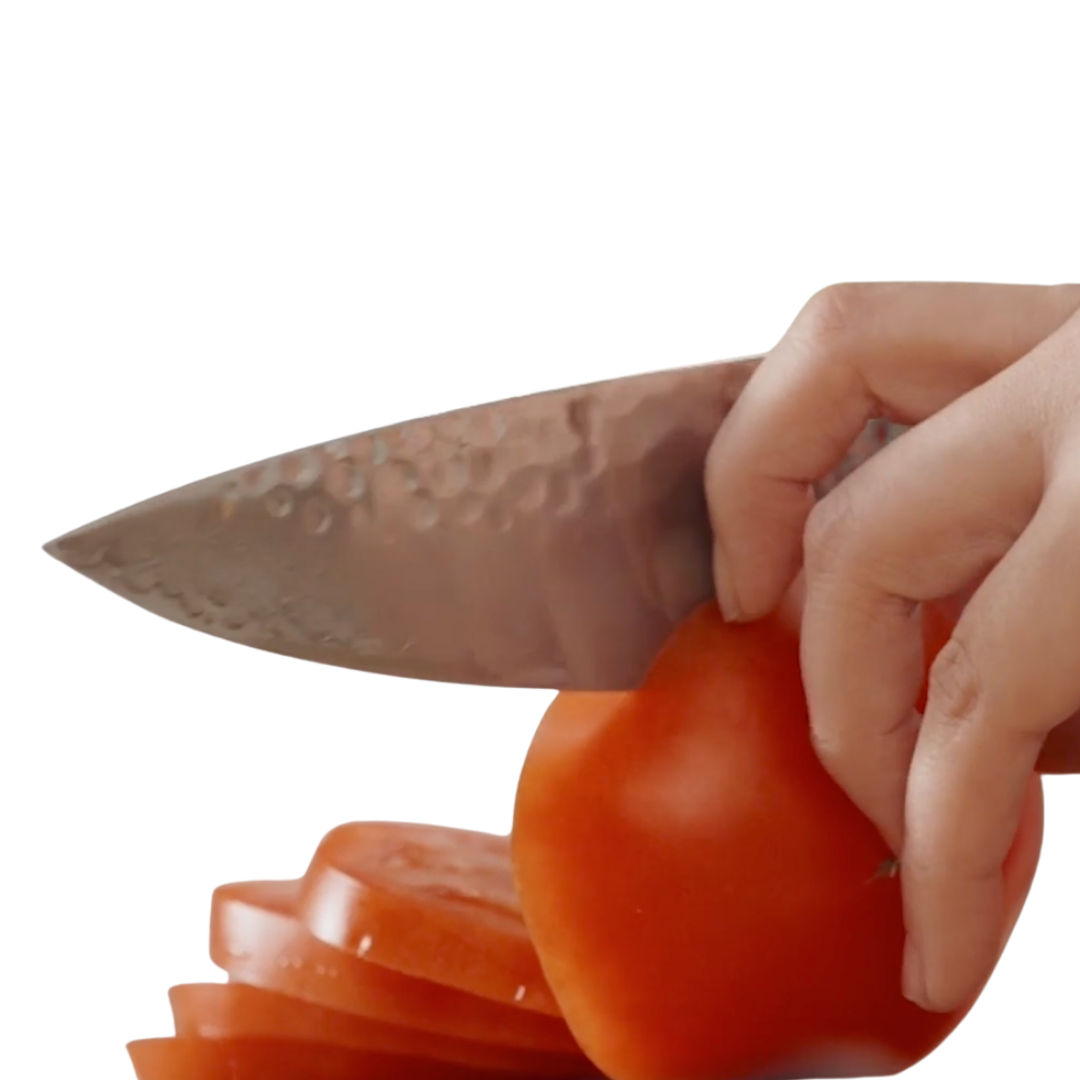
Our new course features over 100 lessons, 50+ recipes, downloadable guides, and more!
New Frozen Meals!
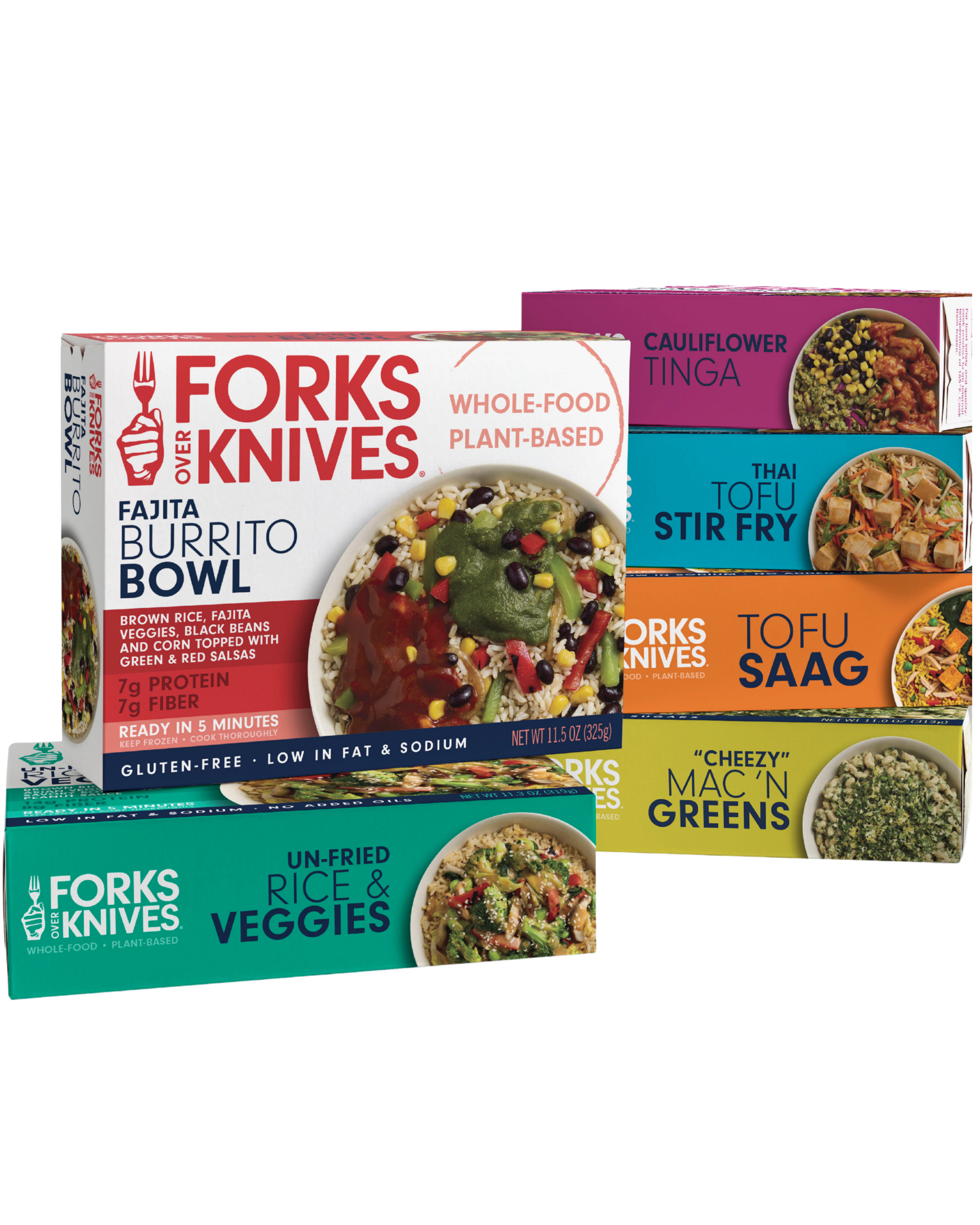
Introducing our new frozen meals: Doctor-recommended, chef-crafted, & ready in minutes.
